MIDODRINE - ORAL
PHONETIC PRONUNCIATION: (MY-doh-dreen)
COMMON BRAND NAME(S): ProAmatine
GENERIC NAME(S): midodrine HCl
Uses
USES: This medication is used for certain patients who have symptoms of low blood pressure when standing. This condition is also known as orthostatic hypotension. Midodrine is used in people whose daily activities are severely affected by this condition, even after other treatments are used (e.g., support stockings). It is known as a sympathomimetic (alpha receptor agonist) that acts on the blood vessels to raise blood pressure.
How to use MIDODRINE - ORAL
HOW TO USE: Take this medication by mouth with or without food as directed by your doctor, usually 3 times daily (at least 3 to 4 hours between doses). Follow all your doctor's instructions carefully. This drug is taken during daytime hours, when people stand most often. This medicine should not be taken after the evening meal or less than 4 hours before bedtime. Taking your dose is not recommended if you plan to lie down for a long time afterward (e.g., taking a nap). Dosage is based on your medical condition and response to treatment. Usually, your doctor will start you at a low dose and gradually increase your dose in order to reduce side effects. Do not increase your dose or take it more frequently than prescribed. Use this medication regularly to get the most benefit from it. To help you remember, take it at the same times each day. Tell your doctor if your condition persists or worsens. This drug should be continued only in those people whose symptoms improve during treatment.
Side Effects
Precautions
Interactions
Overdose
Images
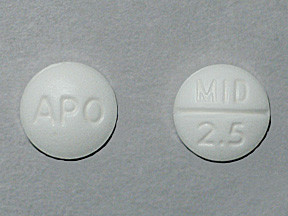
- color
- white
- shape
- round
- imprint
- APO, MID 2.5

- color
- light blue
- shape
- round
- imprint
- APO, MID 10
Reviews
Faq for MIDODRINE - ORAL
Midodrine is used to treat low blood pressure in certain conditions, including orthostatic hypotension.
Midodrine works by constricting blood vessels to increase blood pressure. It also helps improve blood flow to the brain and other organs.
Common side effects of Midodrine may include chills, goosebumps, urinary retention, scalp tingling, and itching.
Midodrine is usually taken three times a day, with or without food. It is important to take the medication as directed by your doctor.
Midodrine should only be used during pregnancy if clearly needed. It is not recommended to use Midodrine while breastfeeding, as it may pass into breast milk.
Midodrine can interact with other medications, particularly drugs that treat high blood pressure or medications that increase blood pressure. It is important to inform your healthcare provider about all the medications you are taking.
The safety and effectiveness of Midodrine in children have not been established, so it is usually not recommended for use in children.
The effects of Midodrine can usually be felt within 1 to 2 hours after taking a dose. However, individual response may vary.
Midodrine should not be stopped suddenly without consulting your doctor. It may need to be gradually reduced to avoid any withdrawal symptoms.
Warning
WARNING: Midodrine should only be used in carefully selected patients. When you are lying on your back, this medication causes a significant increase in blood pressure. Your blood pressure will be monitored carefully during treatment.
Disclaimer
IMPORTANT: HOW TO USE THIS INFORMATION: This is a summary and does NOT have all possible information about this product. This information does not assure that this product is safe, effective, or appropriate for you. This information is not individual medical advice and does not substitute for the advice of your health care professional. Always ask your health care professional for complete information about this product and your specific health needs.

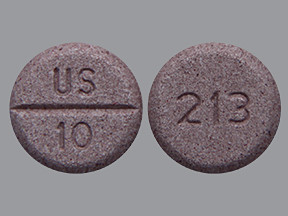
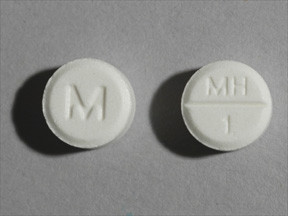
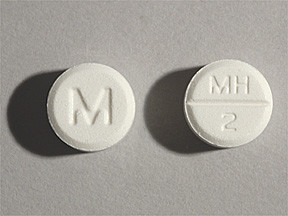

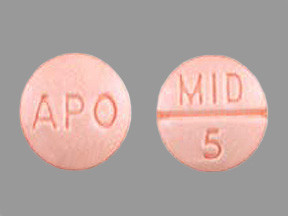
No Reviews Yet